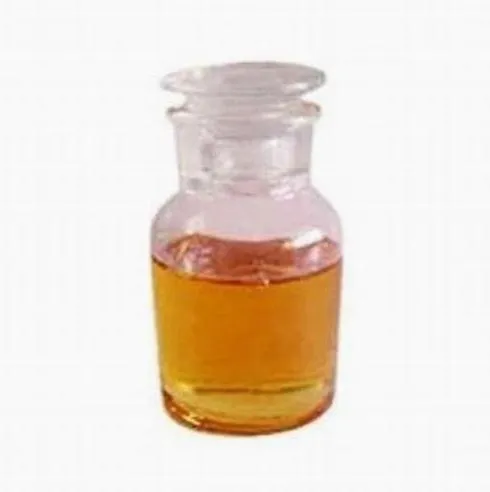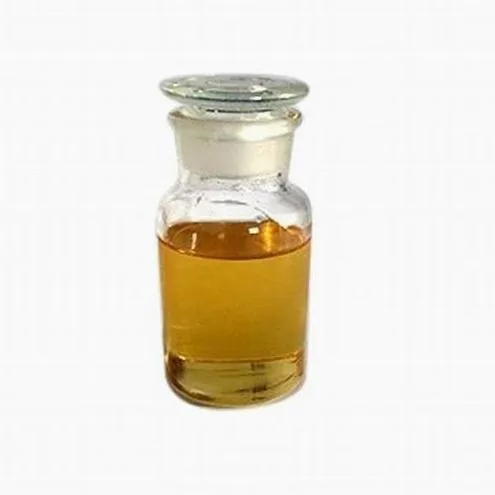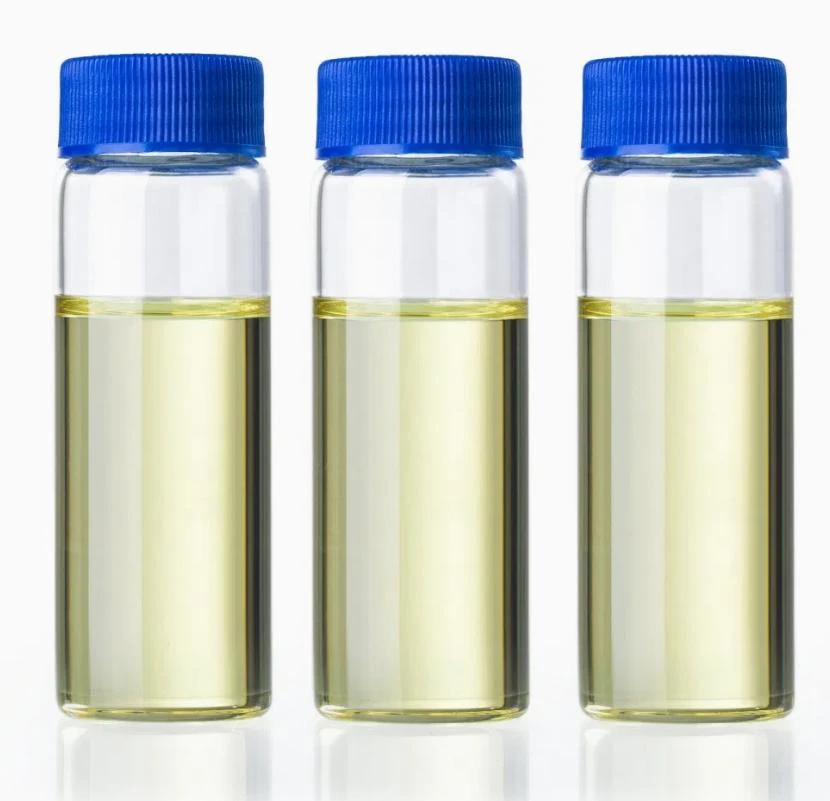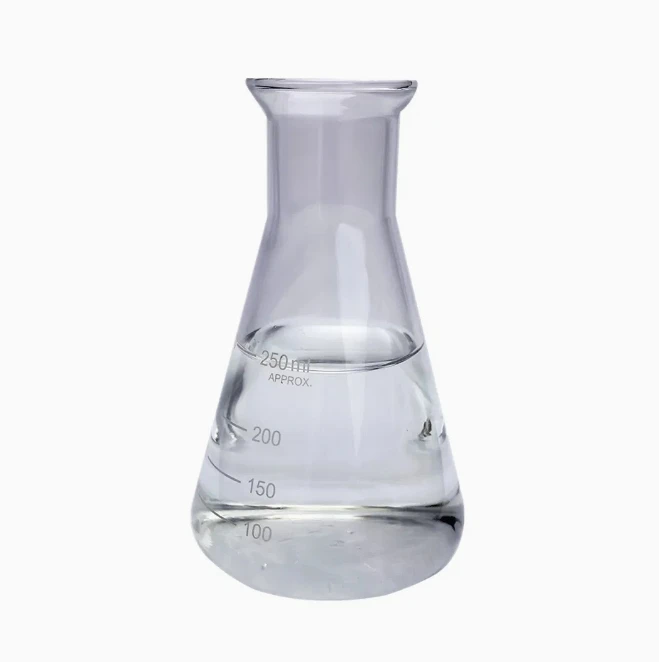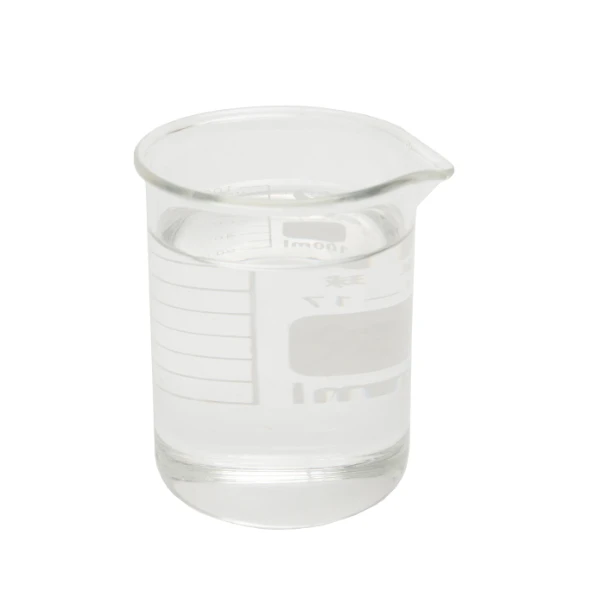Warning: Undefined array key "file" in /home/www/wwwroot/HTML/www.exportstart.com/wp-content/themes/1198/header.php on line 7
Warning: Undefined array key "title" in /home/www/wwwroot/HTML/www.exportstart.com/wp-content/themes/1198/header.php on line 7
Warning: Undefined array key "title" in /home/www/wwwroot/HTML/www.exportstart.com/wp-content/themes/1198/header.php on line 7
- umAfrika
- Isi-Albania
- Isi-Amharic
- Isi-Arabhu
- Isi-Armenian
- Isi-Azerbaijani
- Isi-Basque
- IsiBelarusian
- Isi-Bengali
- Isi-Bosnia
- IsiBulgaria
- IsiCatalan
- Cebuano
- China
- I-China (Taiwan)
- IsiCorsican
- IsiCroatia
- IsiCzech
- Isi-Danish
- IsiDashi
- IsiNgisi
- Isi-Esperanto
- Isi-Estonian
- IsiFinnish
- IsiFulentshi
- IsiFrisian
- IsiGalicia
- IsiGeorgia
- IsiJalimane
- isiGreki
- IsiGujarati
- IsiCreole saseHaiti
- hausa
- isi-hawaiian
- IsiHebheru
- Cha
- Miao
- IsiHungary
- Isi-Icelandic
- igbo
- Isi-Indonesian
- i-irish
- IsiNtaliyane
- IsiJapane
- Isi-Javanese
- Isi-Kannada
- kazakh
- I-Khmer
- OwaseRwanda
- IsiKorea
- IsiKurdish
- IsiKyrgyz
- I-TB
- IsiLatini
- Isi-Latvian
- IsiLithuanian
- Isi-Luxembourgish
- IsiMacedonian
- UMalgashi
- Isi-Malay
- Isi-Malayalam
- IsiMaltese
- IsiMaori
- IsiMarathi
- IsiMongolia
- eMyanmar
- IsiNepali
- IsiNorwegian
- IsiNorwegian
- Isi-Occitan
- Isi-Pashto
- isiPheresiya
- IsiPolish
- IsiPutukezi
- IsiPunjabi
- IsiRomania
- IsiRashiya
- IsiSamoa
- IsiScottish Gaelic
- IsiSerbia
- IsiNgisi
- IsiShona
- Sindhi
- IsiSinhala
- IsiSlovak
- IsiSlovenian
- eSomalia
- ISpanishi
- IsiSundanese
- IsiSwahili
- IsiSwidi
- IsiTagalog
- Isi-Tajik
- IsiTamil
- IsiTatar
- Isi-Telugu
- IsiThai
- IsiTurkey
- IsiTurkmen
- Isi-Ukraine
- Isi-Urdu
- Isi-Uighur
- Isi-Uzbek
- Isi-Vietnamese
- Isi-Welsh
- Usizo
- Isi-Yiddish
- IsiYoruba
- Zulu
Palm kernel oil CAS 8023-79-8
Palm kernel oil, also known as palm kernel oil, is derived from the kernels of palm fruits. Palm kernel oil contains a large amount of low-level fatty acids, so its properties are very different from those of palm oil but very similar to those of coconut oil. Fresh palm kernel oil is milky white or slightly yellow, with a solid consistency and a delightful walnut aroma. Palm kernel oil is prone to oxidation and decomposition during storage, and its taste becomes pungent.
Palm kernel oil contains a large amount of low-level fatty acids, mainly including lauric acid. In addition, it also contains a small amount of cellulose, water, insoluble matter, free fatty acids, phospholipids, trace metals, etc.
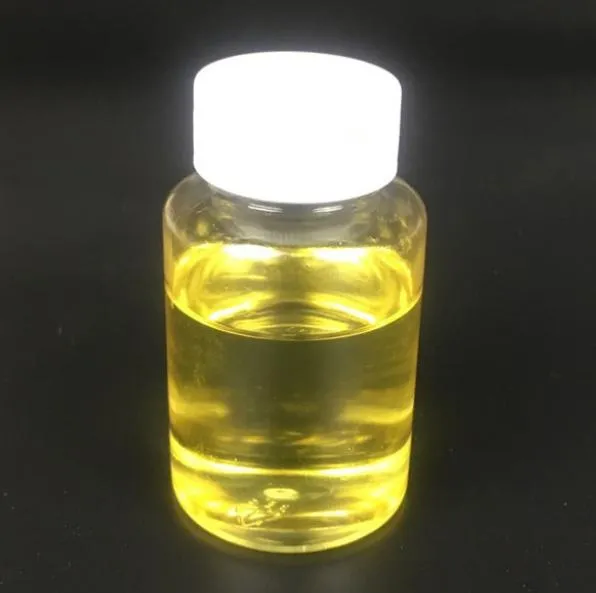

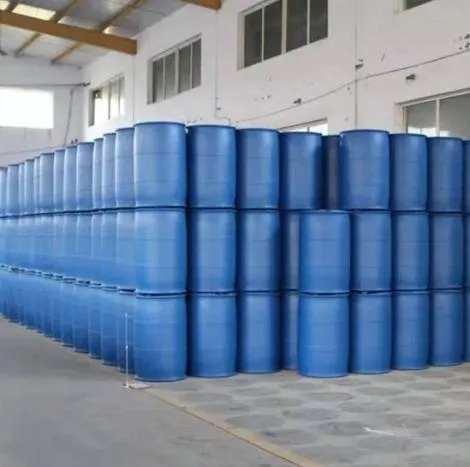
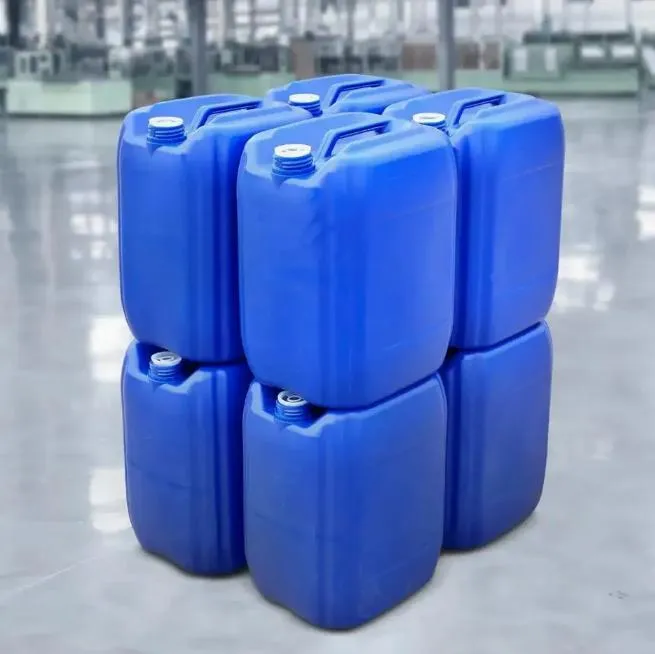
Palm kernel oil is often used as shortening in the food processing industry. Shortening is quite different from margarine; it is 100% pure oil, while palm kernel oil is known as saturated oil and can fully meet the requirements of shortening. When making sandwich cookies, cakes, bread, and French fries, people can add an appropriate amount of palm kernel oil. It can have the same effect as ghee.
Frying food is one of the common uses of palm kernel oil in daily life. This is because this edible oil has extremely strong antioxidant properties. The tocopherol it contains is a natural and highly efficient antioxidant, which is not easy to polymerize with acids and esters, and is conducive to the generation of healthy fatty acids. For example, the instant noodles that people usually eat are all made of palm kernel fried dough sheets.
Sinezimboni eziningi zekhwalithi ephezulu ngokubambisana okujulile, ezingakunikeza ngemikhiqizo yekhwalithi ephezulu namanani ancintisanayo. Futhi singanikeza izaphulelo zokuthenga ngobuningi.Futhi sibambisana nezinkampani eziningi ezichwepheshile zokudlulisa impahla, zingaletha imikhiqizo ngokuphepha nangokushelela ezandleni zakho. Isikhathi sokulethwa cishe yizinsuku ezi-3-20 ngemuva kokuqinisekiswa kwenkokhelo.




|
ANALYSIS
|
INKCAZO
|
IMIPHUMELA
|
|
Ukubukeka
|
Yellow oil | |
|
Iphunga
|
Characteristic
|
Iyahambisana
|
|
Tasted
|
Characteristic
|
Iyahambisana
|
|
Assay(EPA+DHA)
|
70%
|
Iyahambisana
|
|
Ukulahlekelwa Ekumisweni
|
5% Max.
|
1.02%
|
|
Sulphated Ash
|
5% Max.
|
1.3%
|
|
Extract Solvent
|
Ethanol & Water
|
Iyahambisana
|
|
Heavy Metal
|
5ppm Max
|
Iyahambisana
|
|
Njengoba
|
2ppm Max
|
Iyahambisana
|
|
Residual Solvents
|
0.05% Max.
|
Okubi
|
|
Microbiology
|
|
|
|
Inani Lepuleti Eliphelele
|
1000/g Max
|
Iyahambisana
|
|
Yeast & Mold
|
100/g Max
|
Iyahambisana
|
|
E.Coli
|
Okubi
|
Iyahambisana
|
|
I-Salmonella
|
Okubi
|
Iyahambisana
|

1. Ingabe uyimboni noma inkampani yokuhweba?
Siyimboni ehlanganisa i-comnay kanye nezohwebo, sinikeza isevisi eyodwa-stop.OEM ingamukelwa.
2. Uyawahlinzeka ngamasampula? Ingabe imahhala noma ingeziwe?
Amasampula wamahhala.Imali yesampula yempahla idinga ukukhokhwa eceleni kwakho.
3. Ingabe unazo izitifiketi ezihlobene nokulawulwa kwekhwalithi?
Isitifiketi se-ISO 9001:2008 sokuqinisekisa ikhwalithi.
4. Yini okufanele ngiyinikeze ukuze ngithole ikhotheshini?
I-Pls isazise ngohlobo lomkhiqizo oludingayo, inani le-oda, ikheli kanye nezidingo ezithile. Ikhotheshini izokwenzelwa inkomba yakho ngokuhamba kwesikhathi.
5. Hlobo luni lwendlela yokukhokha olukhethayo? Hlobo luni lwamagama olwamukelwayo?
Imigomo Eyamukelwe Yokulethwa: FOB,CFR,CIF,EXW;
Imali Yokukhokha eyamukelwe:USD;
Accepted Payment Type: T/T,Western Union; Paypal,BTC
Ulimi olukhulunywayo:IsiNgisi.
Izigaba zemikhiqizo
-
 May . 13, 20252025 European Fine Chemicals Exhibition in GermanyThe much-anticipated Fine Chemicals Europe 2025 will be held in Germany from June 4 to 5, 2025. The event will bring together industry leaders, innovators and stakeholders in the fine chemicals sector, providing a unique platform for networking, collaboration and showcasing the latest advances in the field.
May . 13, 20252025 European Fine Chemicals Exhibition in GermanyThe much-anticipated Fine Chemicals Europe 2025 will be held in Germany from June 4 to 5, 2025. The event will bring together industry leaders, innovators and stakeholders in the fine chemicals sector, providing a unique platform for networking, collaboration and showcasing the latest advances in the field. -
 May . 07, 20252025 New York Cosmetics Ingredients ExhibitionThe much-anticipated 2025 Cosmetics Ingredients New York will be held at the Javits Center in New York from June 3 to 4, 2025. This event will bring together industry leaders, innovators and enthusiasts from all over the world to discuss the latest trends and advances in the field of cosmetic ingredients.
May . 07, 20252025 New York Cosmetics Ingredients ExhibitionThe much-anticipated 2025 Cosmetics Ingredients New York will be held at the Javits Center in New York from June 3 to 4, 2025. This event will bring together industry leaders, innovators and enthusiasts from all over the world to discuss the latest trends and advances in the field of cosmetic ingredients. -
 Apr . 27, 2025Zibo will host the 2025 International Chemical ExpoZibo, a city known for its thriving chemical industry, will host the 2025 Zibo International Chemical Expo from May 16 to May 18, 2025. This highly anticipated event aims to bring together industry leaders, innovators and stakeholders from around the world to explore the latest advancements and trends in the chemical industry.
Apr . 27, 2025Zibo will host the 2025 International Chemical ExpoZibo, a city known for its thriving chemical industry, will host the 2025 Zibo International Chemical Expo from May 16 to May 18, 2025. This highly anticipated event aims to bring together industry leaders, innovators and stakeholders from around the world to explore the latest advancements and trends in the chemical industry.



